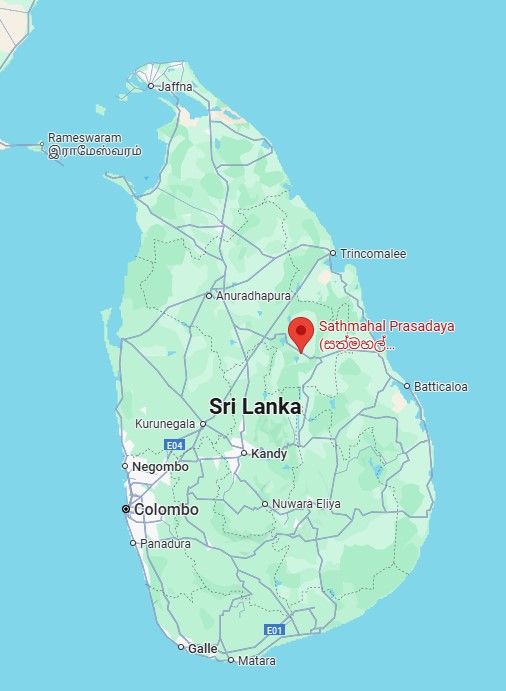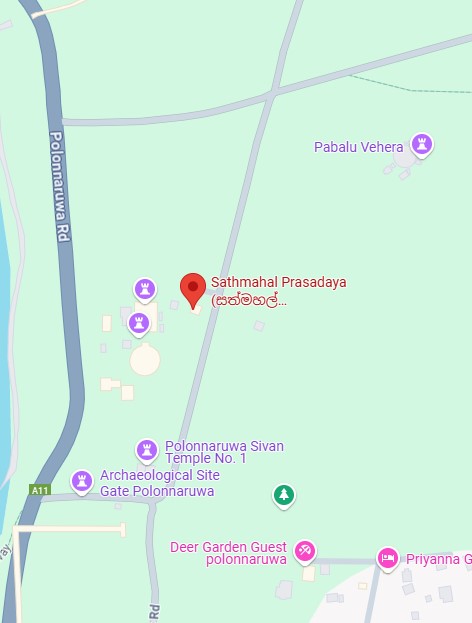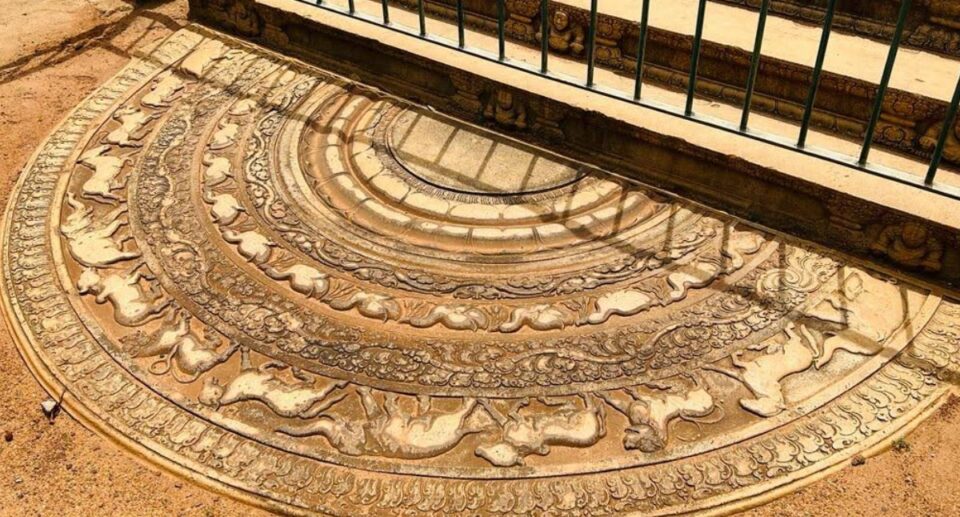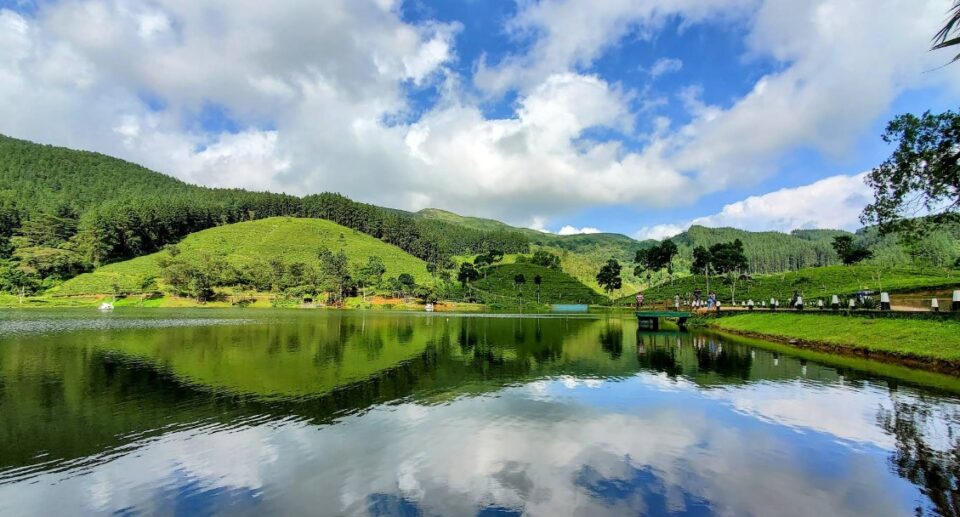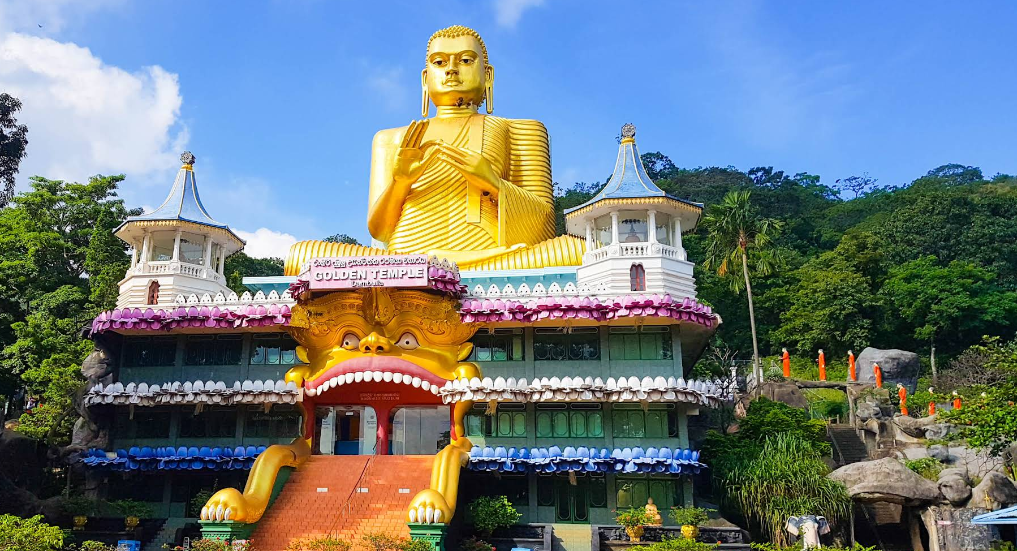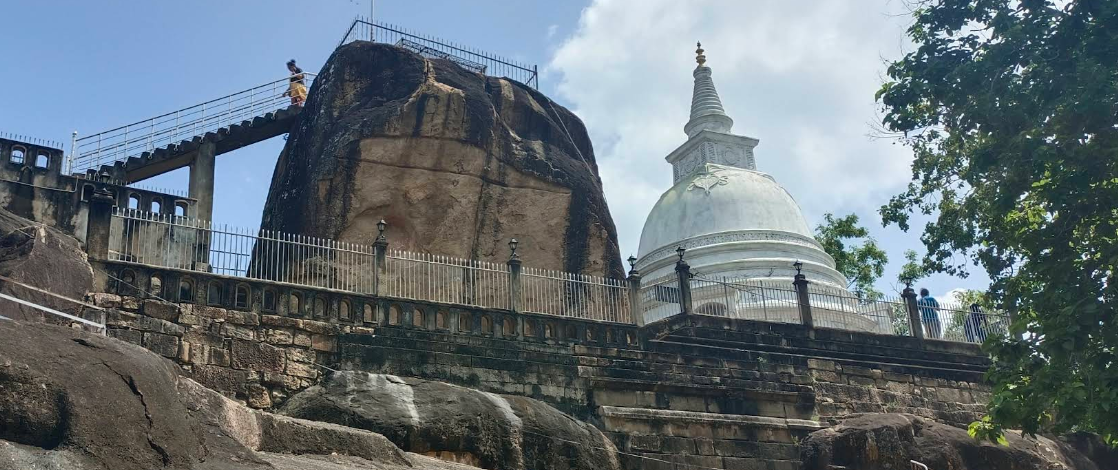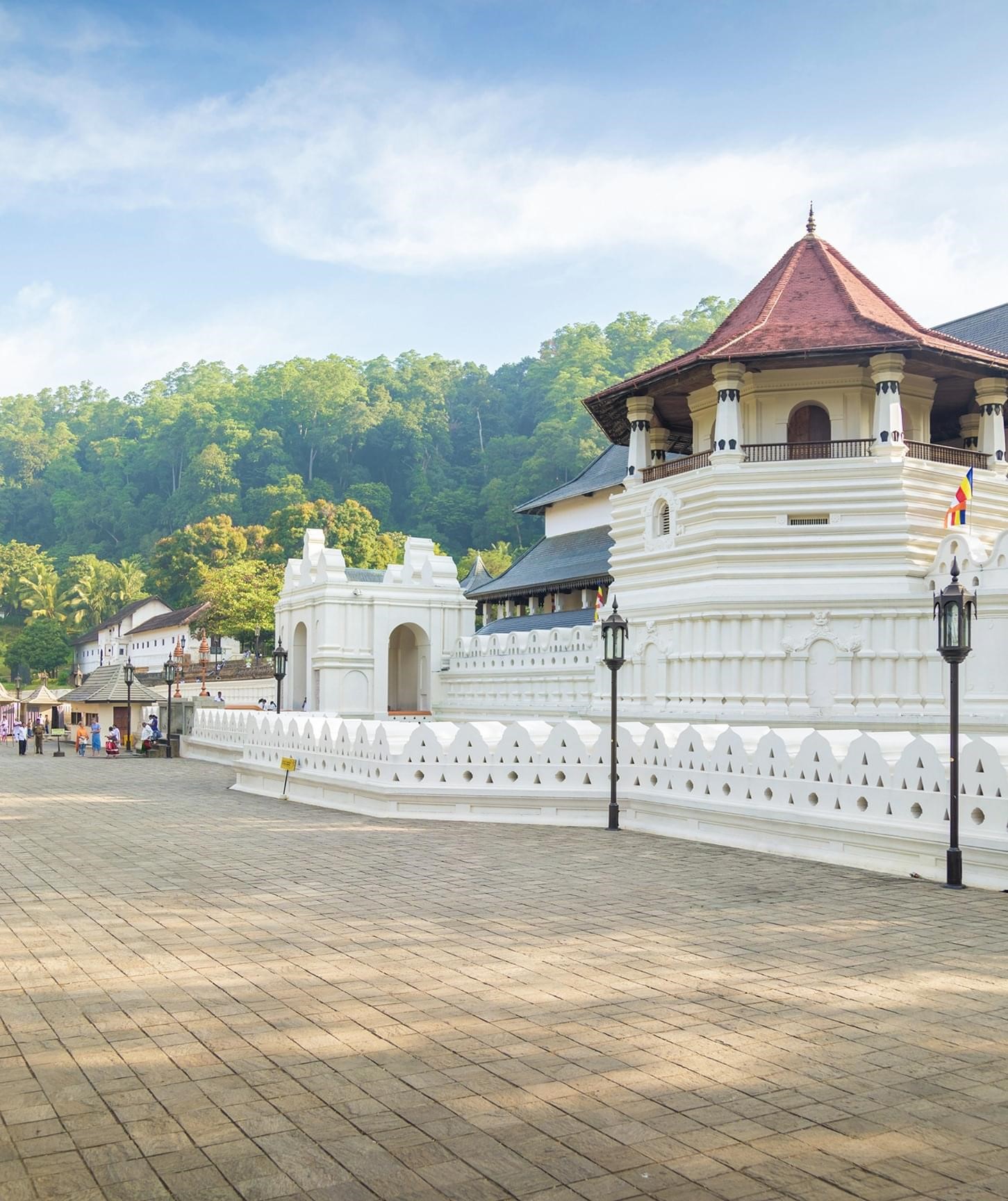Sathmahal Prasadaya: The Enigmatic Seven-Storeyed Monument of Polonnaruwa
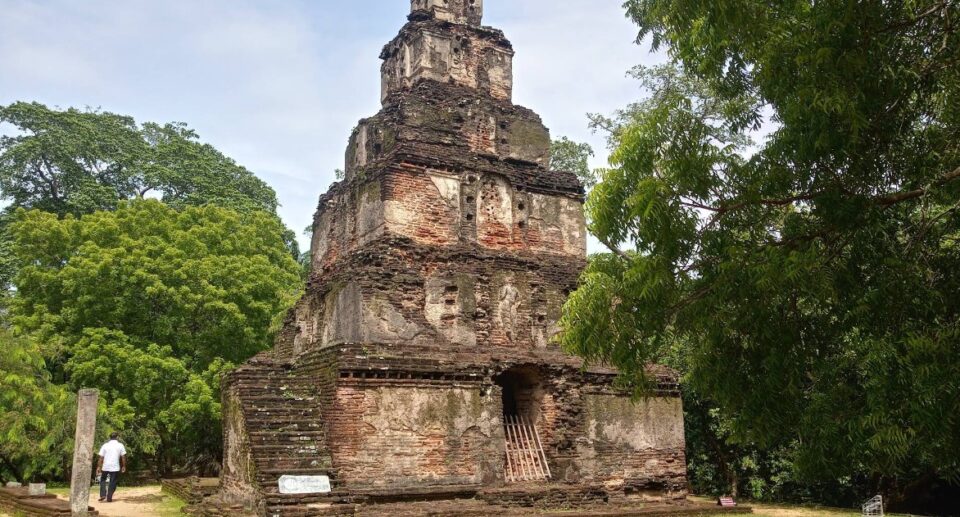
Sri Lanka, which is blessed with a history of thousands of years, possesses many of its fabulous cultural and religious pasts in the form of thousands of years old architectural masterpieces. One such forgotten seven-storied brick building at ancient Polonnaruwa, which was declared a World Heritage Site by UNESCO, is the Sathmahal Prasadaya. Though less renowned than monuments like the Ruwanwelisaya or the Sigiriya Rock Fortress, Sathmahal Prasadaya is extremely significant archaeologically and culturally. It is identified as a distinct multi-level Buddhist building in Sri Lanka and is still a subject of much academic interest on account of its strange construction, obscure origins, and possible foreign influences.
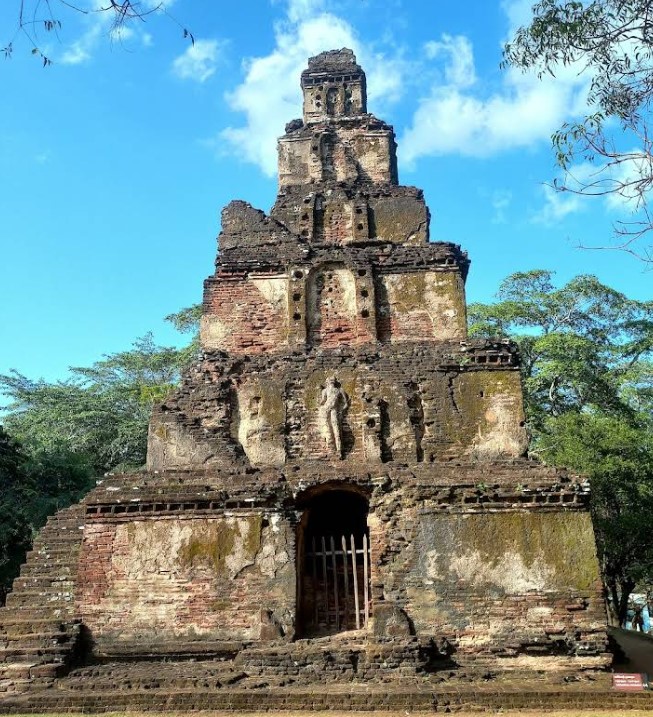
Location and Discovery
Sathmahal Prasadaya is located in the Sacred Quadrangle (Dalada Maluwa) of Polonnaruwa, the medieval 11th- to 13th-century CE Sri Lankan capital. The site is comprised of several significant religious structures like the Vatadage, Nissanka Latha Mandapaya, and Thuparama Image House. The tower is situated near these monuments and is easily accessible for tourists who are visiting the ancient city.
Even though it is situated in a prominent site, Sathmahal Prasadaya has not been accorded as much significance as other monuments, possibly because of the enigma related to its purpose and origin. It was discovered during archaeological digs in the 20th century and has since been reclaimed as a cultural landmark.
Architectural Features
The most distinctive feature of Sathmahal Prasadaya is the step-pyramid or tiered form that it presents, which is rather unusual among Sri Lankan stupas or dagobas. It is some 12 meters (approximately 40 feet) in height and comprises seven diminishing tiers stacked up symmetrically to produce a pyramidal form. Each tier is square in shape and somewhat smaller than the tier below it so that a multi-storeyed pagoda-like effect is produced.
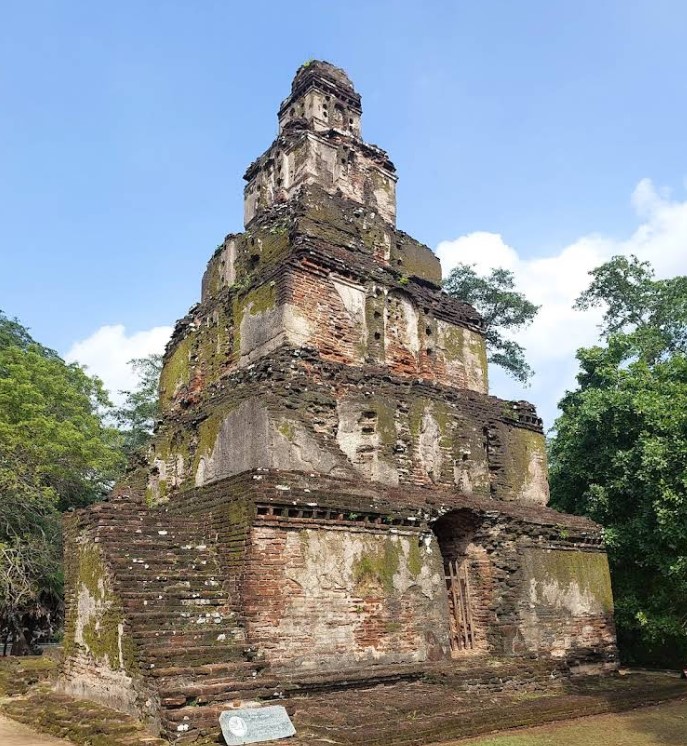
There are miniature niches or shrines on each of the four sides of every floor, possibly for the storage of Buddha statues or religious symbols. The niches indicate that the monument likely had a religious or ceremonial function, although no statues exist there today.
It is built largely of brick, one of the most common materials employed in ancient Sri Lankan architecture. The absence of any inscription or dedicatory plaques makes it impossible to date accurately to the construction period or even the identity of the constructors. The majority of scholars agree, however, that it would likely be from the Polonnaruwa era, specifically during the reign of King Parakramabahu I (1153–1186 CE) or perhaps a year or two previously.
Purpose and Theories
Its very function is unknown, and so it remains one of the most mysterious buildings of Polonnaruwa. The following theories have been proposed by historians and archaeologists:
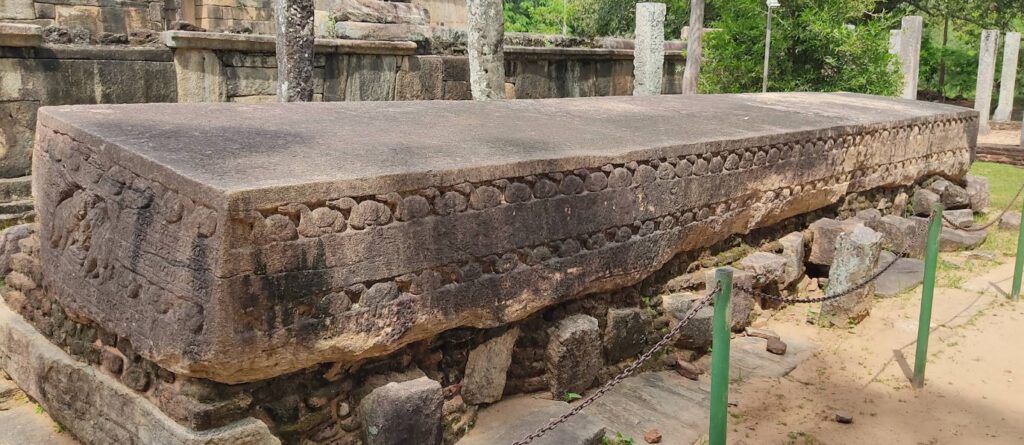
- Relic Shrine (Stupa or Prasada)
Most view that it was a chamber of relics, the same kind found throughout Sri Lanka. Buddha images could have been placed within the niches, and the overall building can be envisioned as symbolizing the journey of advancement towards enlightenment through several stages. - Southeast Asian Architectural Influence
The stepped plan has led some to suggest foreign influence, from Thailand, Cambodia (Khmer), or Myanmar (Burma). It resembles pagodas and temple towers in Southeast Asian architecture, such as the Khmer prasats or the Burmese zedi buildings. Given Polonnaruwa’s location on the ancient trade and pilgrim routes, this influence is not improbable.
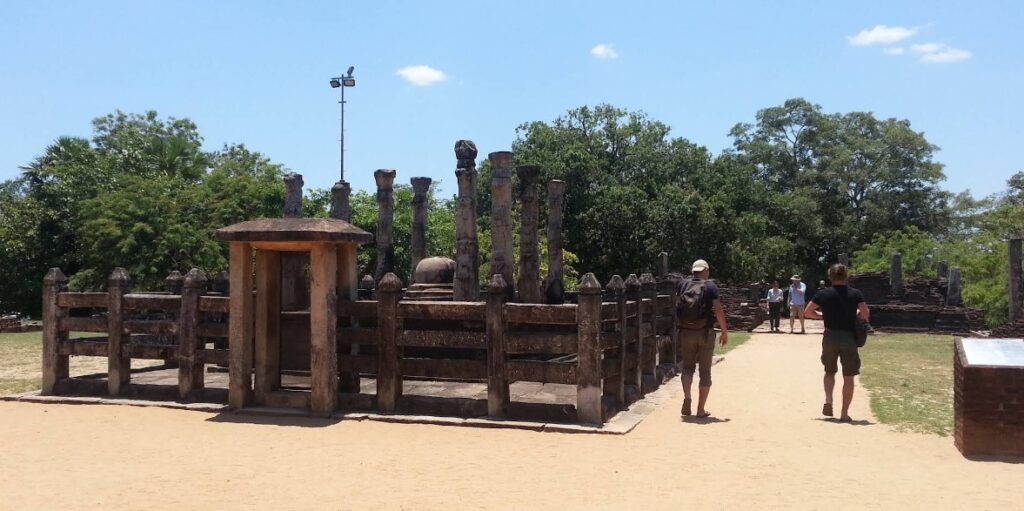
- Symbolic Structure
Others view Sathmahal Prasadaya as a symbolic representation of Mount Meru, which is the Buddhist and Hindu mythological center of the world. The seven tiers could represent the seven heavenly realms or steps to Nirvana. - Watchtower or Memorial
Despite the lesser probability, other suggestions have also been made that the structure might have been used as a watchtower, astronomical indicator, or as a memorial for a royal person. Its siting within the religious complex, though, favors the probability that it was of religious purpose.
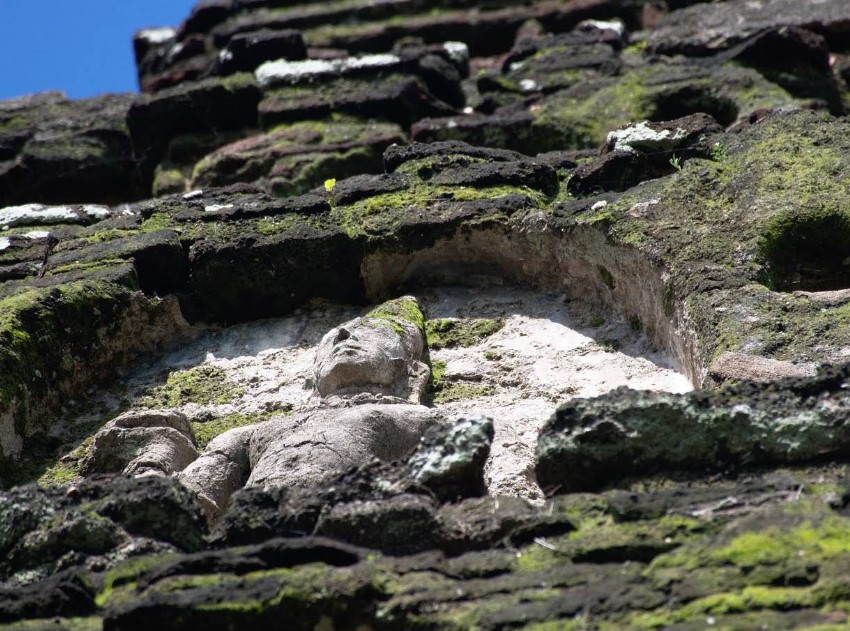
Cultural and Religious Context
Sathmahal Prasadaya must be appreciated in the broader context of Theravāda Buddhism in Sri Lanka during this period and the Mahayana and Tantric practice which impinged upon Polonnaruwa. The 11th and 12th centuries were a period of religious experimentation and diversity, since Sri Lanka was in touch with Buddhist regions of Asia.
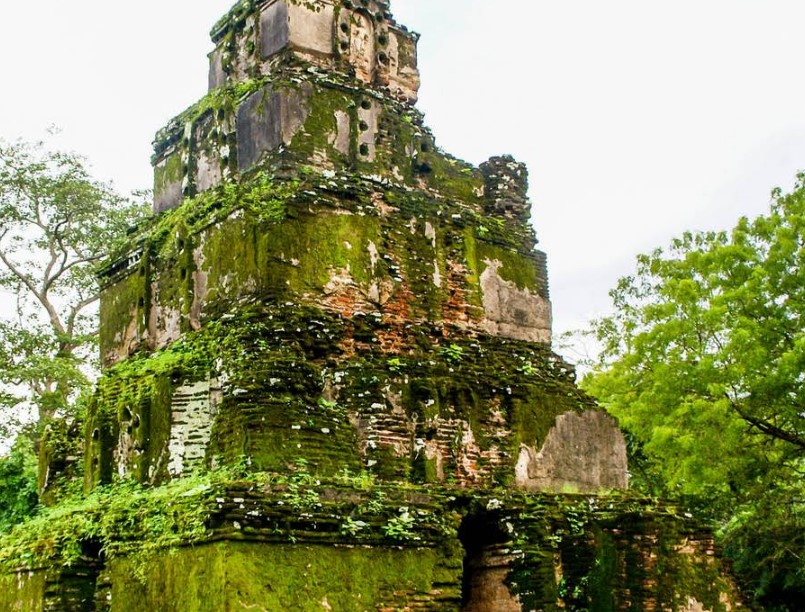
The building conveys syncretic religious architecture and practice, merging the local tradition with adopted ideas. While Theravāda Buddhism was the dominant strain, the art and architectural forms utilized to describe it evolved with geography and time. Sathmahal Prasadaya can thus be an individual manifestation of Buddhist cosmology and ritual, intended to be both spiritual and aesthetically pleasing.
Symbolism of the Seven Tiers
The seven sections of Sathmahal Prasadaya are said to have symbolic meanings. In Buddhist cosmology, seven is often symbolic for: Seven factors of enlightenment (satta bojjhaṅgā)Seven weeks the Buddha meditated upon after enlightenmentSeven levels of awareness or existence in some Mahayana literature
Even though speculative, it is likely that the tiers were intentionally sketched to depict such spirituality, and that is further evidence that the monument was constructed with religious importance in mind.
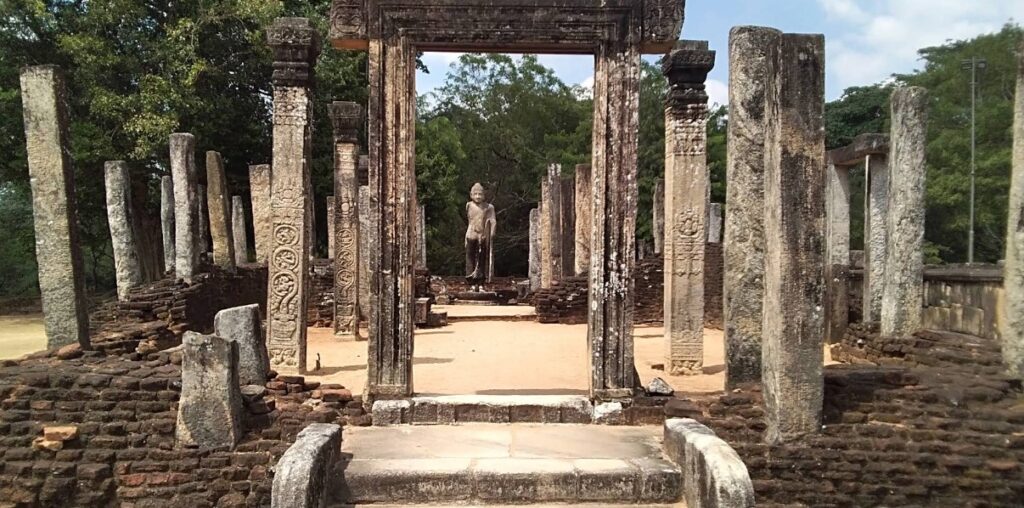
Current Condition and Preservation
Sathmahal Prasadaya remains today unbroken and unbroken, though worn away at the summit by time and the elements. It is preserved and cared for by Sri Lanka’s Department of Archaeology, and restoration has been undertaken in an effort to prevent degradation.
Visitors to Polonnaruwa are able to view the building up close, and it is a visually appealing landmark for photographers and history enthusiasts due to its quirky shape and symmetrical design. While it does not receive the same pilgrimage tourist waves as other religious sites, it remains an important monument for gaining an appreciation of the architectural variety and religious culture of historical Sri Lanka.
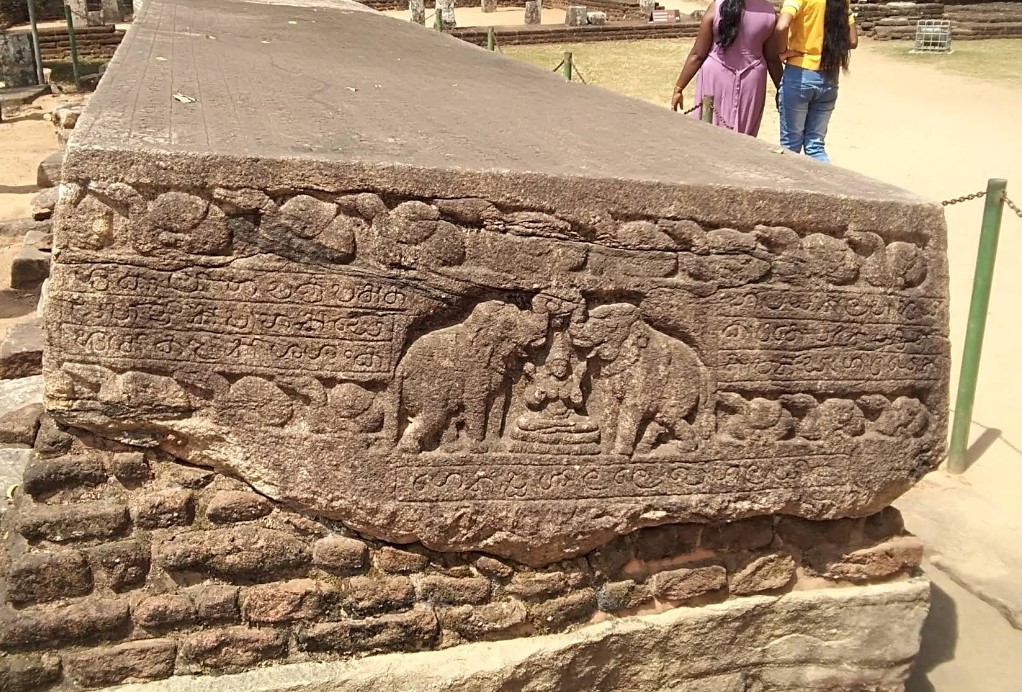
Significance in Sri Lankan Heritage
Though small compared to the rest of the great buildings at Polonnaruwa, Sathmahal Prasadaya is a building anomaly that says a lot about medieval cultural contact and religious diversity in Sri Lanka. It speaks to the versatility and openness of the Sri Lankan people, who assimilated and modified elements from other cultures to adopt into their own religion and architecture.
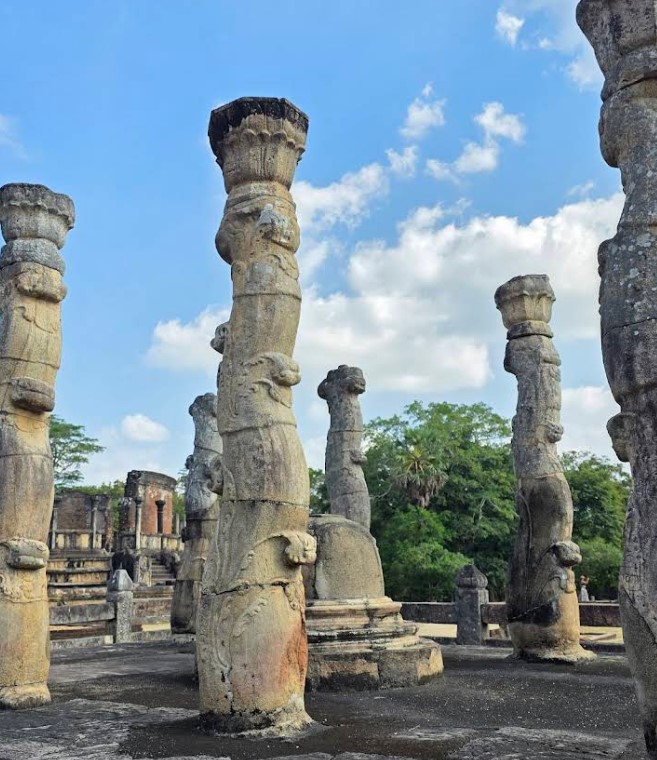
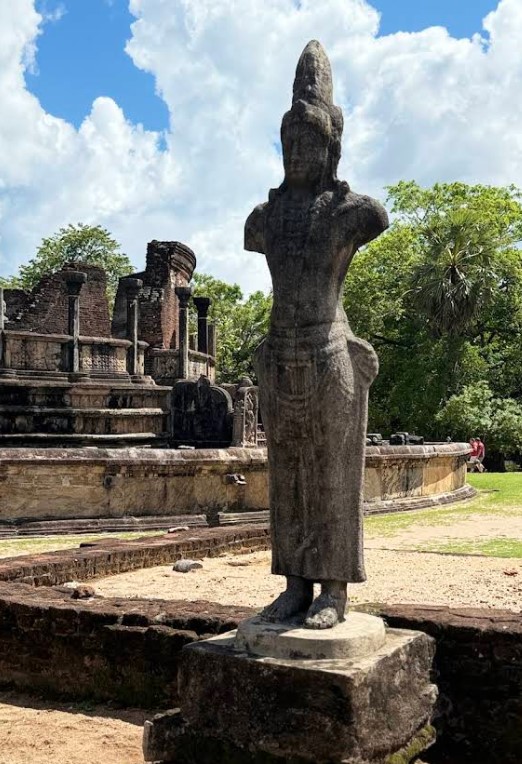
Its mysterious nature has also drawn the attention of academics, leading to more research on Sri Lanka’s interactions with the broader Buddhist world. Sathmahal Prasadaya is thus a valuable subject of historical, cultural, and architectural study.
The Sathmahal Prasadaya is one of the most unique and enigmatic of Sri Lanka’s ancient city monuments at Polonnaruwa. With its atypical seven-tiered structure, possible Southeast Asian influence, and unclear purpose, it resists traditional interpretation of Sri Lankan religious architecture. As a shrine, symbol tower, or an exploratory combination of forms, it is testament to the richly varied and advanced cultural heritage of Sri Lanka.
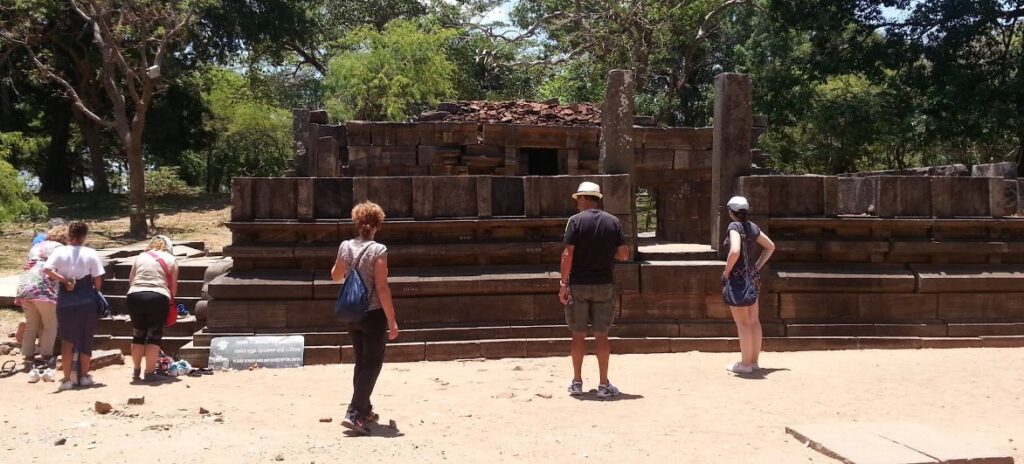
As the job of conserving and researching this ancient site goes on, Sathmahal Prasadaya will certainly continue to fascinate scientists and visitors alike since it remains a silent but strong witness to an exceptional era in Sri Lanka’s past.
Where Is Sathmahal Prasadaya?
Location: Sacred Quadrangle, Polonnaruwa, North Central Province, Sri Lanka
Nearby landmarks: Vatadage, Thuparama Image House, Nissanka Latha Mandapaya
How to Get to Polonnaruwa
From Colombo to Polonnaruwa
1. By Private Car or Taxi
- Distance: ~215 km
- Travel Time: ~5 to 6 hours
- Route: Colombo → Kurunegala → Dambulla → Habarana → Polonnaruwa
- Most convenient option if you’re traveling with a group or want flexibility.
2. By Train
- From: Colombo Fort Railway Station
- To: Polonnaruwa Railway Station
- Duration: ~6 to 7 hours
- Tips: Reserve 1st or 2nd class for comfort. From the station, hire a tuk-tuk or taxi to reach the Ancient City (~10–15 minutes).
3. By Bus
- From: Colombo (Pettah Bus Stand)
- To: Polonnaruwa
- Travel Time: ~6 to 7 hours
- Tip: AC Intercity buses are more comfortable for long-distance travel.
Getting to Sathmahal Prasadaya from Polonnaruwa Town
Once you reach Polonnaruwa town:
- Head to the Polonnaruwa Archaeological Site / Sacred City
- Entrance Fee (for foreigners): ~USD 25 (covers entire site)
- Rent a bicycle, take a tuk-tuk, or drive into the Sacred Quadrangle
- Ask or follow signs to Sathmahal Prasadaya, located within the Dalada Maluwa complex
Best Time to Visit
- Early morning (7:00–9:00 AM) or late afternoon (4:00–6:00 PM)
- Avoid the midday heat; wear a hat and bring water
Tips for Visitors
- Wear modest clothing (it’s a religious and heritage site)
- Bring water, sunblock, and a camera
- Respect the site: no climbing or touching ancient structures
